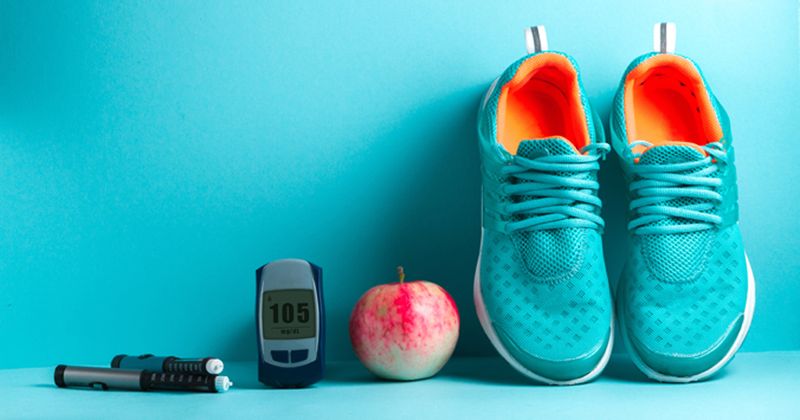Glycemic control for pediatric type 1 diabetes improved during Italy’s COVID-19 lockdown
A cohort of children in Italy with type 1 diabetes who used a hybrid closed-loop system had improvement in their glucose levels during the COVID-19 lockdown, according to a research letter published in the Journal of Diabetes.
“This study showed that the metabolic control of type 1 diabetes in adolescents using the hybrid closed-loop system did not worsen during the restrictions due to the COVID-19 pandemic and further improved in those who continued professional assistance during the quarantine,” Gianluca Tornese, MD, PhD, consultant in pediatrics at the Institute for Maternal and Child Health IRCCS Burlo Garofolo in Trieste, Italy, told Healio. “Maintaining regular professional assistance and routinely exercising in a safe home environment is an essential strategy for healthy living during the COVID-19 crisis, especially for young individuals with type 1 diabetes.”

Tornese and colleagues analyzed glycemic management in 13 children with type 1 diabetes in the diabetes pediatric unit at the Institute for Maternal and Child Health in Trieste (62% girls; mean age, 14.2 years). All participants used the MiniMed 670G hybrid closed-loop system (Medtronic) and had a telemedicine visit every 2 weeks. Glycemic data were obtained from the telemedicine visits beginning 2 weeks after the first reduction of COVID-19 restrictions from May 4 to 17 and the following 2 weeks when restrictions were fully lifted from May 18 to 31. The figures were compared with data obtained from Feb. 10 to 23 before the COVID-19 outbreak and the first 2 weeks of full lockdown from March 9 to 22.
The mean glucose level in the cohort was 155 mg/dL before the lockdown and was mostly unchanged through the study period. Participants had a mean time in range of 68% before the lockdown that increased to 72% when the lockdown began and stayed at 72% through the end of the study. The mean coefficient of variation increased to 35.1% during the lockdown, but then later dropped to 33.1% during the partial lockdown and 30.5% at the end of the lockdown (P < .05). Participants also had their time below range drop from 2% before the lockdown to 0% after lockdown, and the amount of time in auto mode increased from 81% before lockdown to 96% after the lockdown.

Tornese said there are many reasons the cohort was able to maintain and improve glycemic control, including the continual presence of parents at home, the exclusion of some school activities lowering the children’s stress level, and eating every meal at home.
“Another reason can be found in the continuation of the health care professional assistance through telemedicine, as it was conducted before the quarantine,” Tornese said. “It is noteworthy that those who performed regular physical activity even improved their metabolic control during the quarantine. Regular exercise is fundamental not only for glycemic control, but also for psychological well-being since it reduces stress and anxiety and improves mood and sleep quality.
“We should remember these three items: regular time schedules, telemedicine and physical activity,” Tornese added.
Tornese said professional assistance was a large factor in the findings, as he noted the cohort continued to have improved results even after restrictions were lifted.
“Although the slowing down of routine daily activities might still have an influence, we believe that the continuation of the health care professional assistance through telemedicine during lockdown might have led to a ‘dragging effect’ in these patients also after its suspension,” Tornese said.
For more information:
Gianluca Tornese, MD, PhD, can be reached at gianluca.tornese@burlo.trieste.it.

